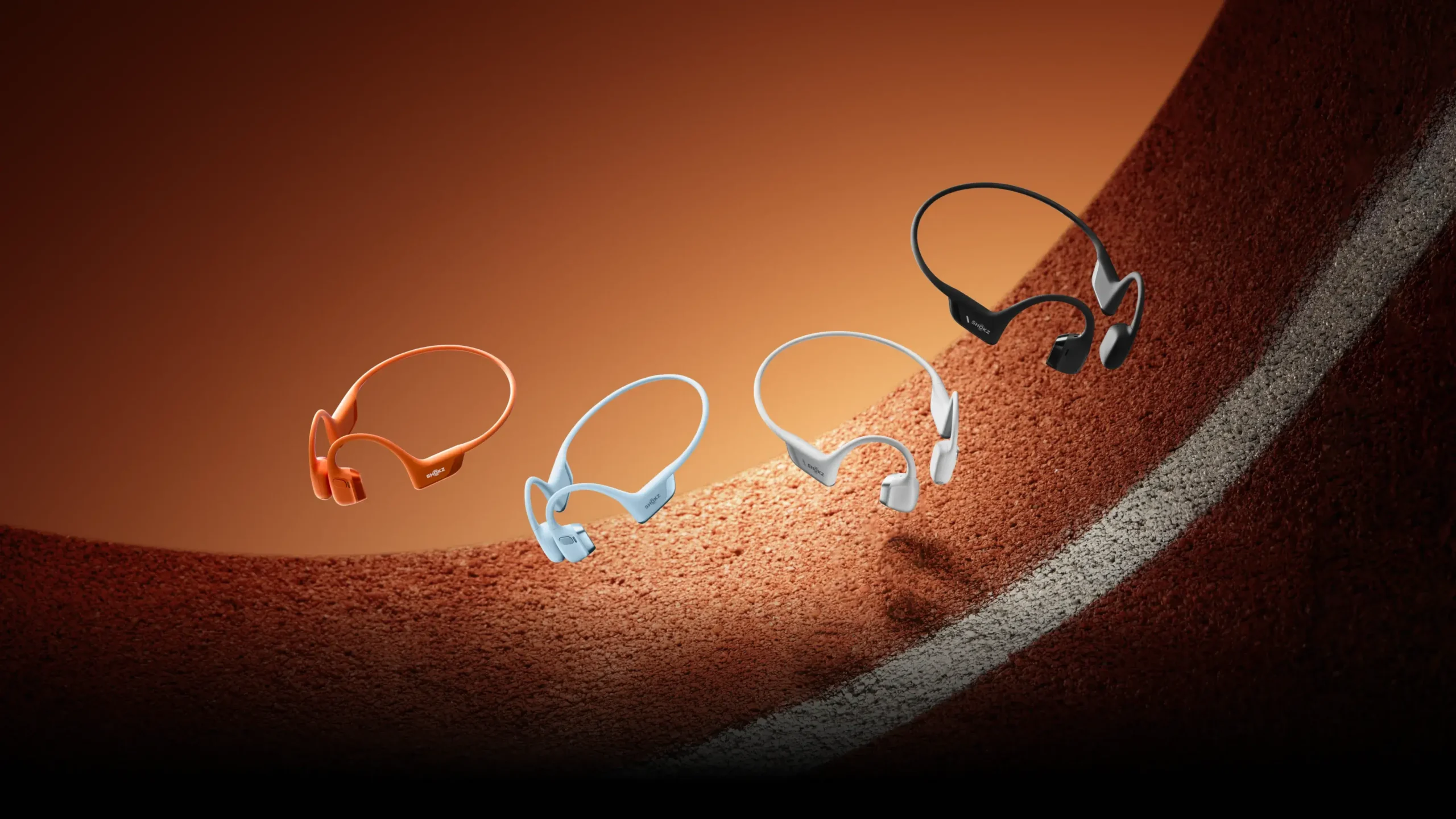Renault’s reimagining of the classic R17 as an electric vehicle is nothing short of a masterstroke in automotive design. By melding the retro aesthetics of the original 1970s coupe with modern technology and sustainable materials, the R17 EV is a showcase of how to honor a beloved classic while paving the way for a more sustainable future.
A Stretched and Widened Evolution
One of the most significant updates to the R17 EV is its increased width. By stretching the body an additional 6.7 inches, Renault has given the vehicle a commanding presence. This design choice not only modernizes the car’s stance but also provides enhanced stability and aerodynamic performance—factors crucial to its electric powertrain.
This wider body is mounted on a cutting-edge carbon-fiber chassis, replacing the steel underpinnings of the original. The use of carbon fiber reduces weight while maintaining structural rigidity, allowing Renault to offset the inherent weight of its battery pack. Despite these updates, Renault retained the original doors, windows, and underbody structure of the classic R17, ensuring the car’s historical essence isn’t lost. The result is an EV that weighs in at approximately 3086 pounds, a remarkable feat considering the electrification and the reinforced chassis.
The R17 EV’s Galactic exterior finish is more than just a color; it’s a narrative. Developed exclusively for this project, the rich hue combines metallic undertones with a deep, earthy character, creating a modern yet timeless appearance. Under sunlight, the paint reveals a spectrum of shimmering shades, subtly echoing the metallic finishes of the 1970s while embracing 21st-century innovation. The bespoke color helps the R17 EV stand out as a one-off marvel, emphasizing its status as a bridge between past and future.
Interior: A Modern Interpretation of Retro Charm
The cabin of the R17 EV is where Renault takes the most creative liberties, crafting an interior that feels simultaneously futuristic and nostalgic. The designers have cleverly retained the old-school charm of the original R17 while introducing innovative materials and layouts that suit a modern EV.
Steering the Past Forward
One of the most striking changes is the steering wheel. The circular wheel of the original has been replaced by a squarish unit with a single rectangular spoke, a choice that feels both contemporary and vintage. This design examples homage to the angularity of 1970s interiors while providing a futuristic aesthetic. The shape of the steering wheel isn’t just an aesthetic choice—it also reflects Renault’s commitment to modern ergonomics and ease of use, ensuring that the new steering mechanism feels intuitive and comfortable in hand.
Reimagining the Gauge Cluster
Behind the steering wheel, four small screens replace the analog gauges of the original. These screens protrude from the dash, reminiscent of the R17’s iconic instrumentation, but they deliver digital information relevant to the EV era. From battery range to regenerative braking feedback, these displays offer drivers all the data they need while echoing the design language of the past. The low-mounted central screen beneath the dashboard provides additional controls and infotainment options, subtly integrating modern functionality without overpowering the retro-inspired aesthetic.
Materials and Sustainability: A Blend of Luxury and Responsibility
The seats in the R17 EV are perhaps its most visually and tactically engaging feature. Restyled and reupholstered, they use a combination of brown Merino wool and beige wool bouclé fabric, providing a tactile experience that merges luxury with eco-conscious design. These materials are not only comfortable but also sustainable, showcasing Renault’s commitment to reducing environmental impact without compromising on quality.
The Merino wool offers a rich, soft texture that feels both inviting and durable, while the wool bouclé fabric adds depth and visual interest with its textured surface. Together, these materials create an interplay of colors and textures that perfectly complement the Galactic exterior. The use of natural fabrics further reinforces the car’s identity as a product of the future that remains firmly rooted in tradition.
Performance and Dynamics: Lightweight Efficiency
At roughly 3086 pounds, the R17 EV achieves a balance between modern EV weight challenges and the lightness that enthusiasts associate with classic coupes. This is largely thanks to its carbon-fiber chassis, which provides a lightweight yet strong foundation. While Renault has yet to release detailed specifications regarding the R17 EV’s powertrain, the focus on weight efficiency suggests that the car will offer both spirited performance and respectable range.
The widened stance enhances handling dynamics, providing greater stability during cornering and high-speed driving. Combined with the lower center of gravity afforded by the battery pack, the R17 EV promises an engaging driving experience that pays homage to the spirited nature of the original R17 while benefiting from modern advancements.
Balancing Heritage and Innovation
What makes the R17 EV so compelling is its ability to balance heritage and innovation. By retaining elements like the original doors and underbody structure, Renault ensures that the car maintains its visual and structural connection to the past. At the same time, updates like the carbon-fiber chassis, digital displays, and advanced materials bring the R17 firmly into the future.
This duality is evident in every aspect of the car’s design. The Galactic paint bridges eras with its deep, metallic tones, while the interior materials speak to both luxury and sustainability. Even the squarish steering wheel captures this dynamic, combining vintage inspiration with futuristic execution.
A Future-Forward Vision for Classics
Renault’s reimagining of the R17 as an EV is not just a design exercise; it’s a statement about the future of classic cars in an era of electrification. By blending retro aesthetics with modern technology, the R17 EV offers a roadmap for how manufacturers can breathe new life into beloved models while meeting contemporary demands for sustainability and innovation.
As the automotive industry continues to evolve, cars like the R17 EV demonstrate that electrification doesn’t have to come at the expense of heritage. Instead, it can enhance it, allowing designers to reinterpret the past through the lens of modernity. For Renault, the R17 EV is more than a tribute to a classic; it’s a bold declaration of how timeless design can evolve without losing its soul.
Impression
The Renault R17 EV stands as a testament to the possibilities of automotive design when creativity and innovation collide. Its widened stance, carbon-fiber chassis, and bespoke Galactic paintwork reflect a forward-thinking approach, while its retention of original elements and use of Merino and bouclé fabrics ground it in the rich history of the R17. With its seamless blend of past and future, the R17 EV is a shining example of how legacy and progress can coexist harmoniously, making it a car that captures the imagination of enthusiasts and futurists alike.
No comments yet.








